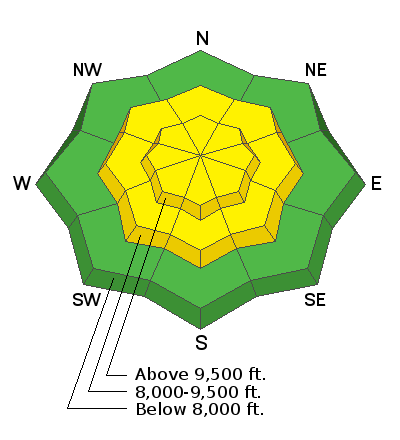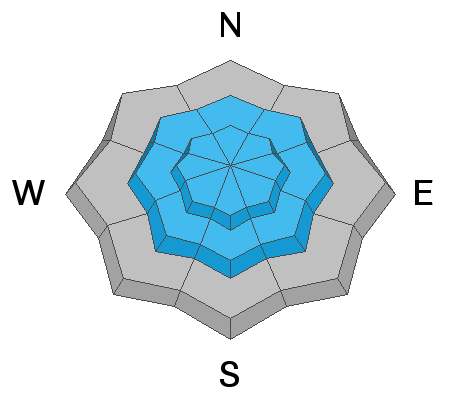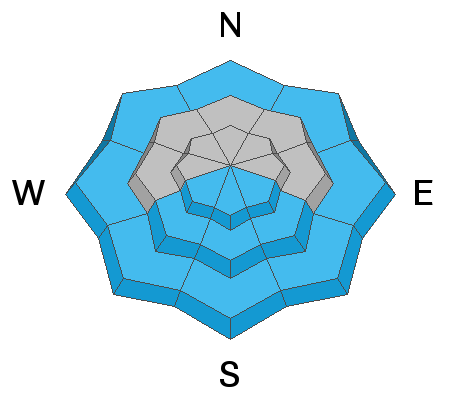Forecast for the Salt Lake Area Mountains

Issued by Trent Meisenheimer on
Sunday morning, February 2, 2020
Sunday morning, February 2, 2020
The avalanche danger is MODERATE on all steep slopes at the mid and upper elevations for Wind Drifted Snow avalanches. Human triggered avalanches are possible.
On slopes facing southeast through southwest as well as all lower elevations we have a LOW danger for Wet Loose Snow avalanches.
At the low elevation terrain we have a LOW danger.

Low
Moderate
Considerable
High
Extreme
Learn how to read the forecast here









